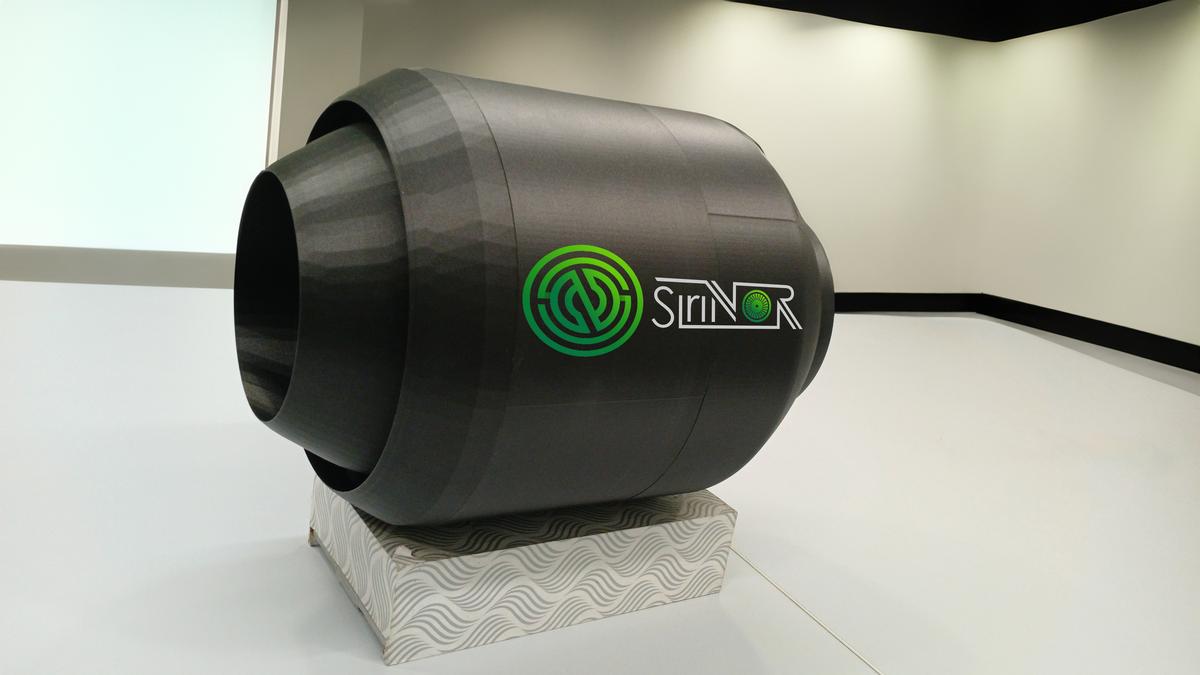
Taking off on the wings of an electric dream Premium
The Hindu
Aviation accounts for about 2.5% of the total carbon dioxide emissions globally. While the number may seem small, the industry’s climate influence is much larger, considering the non-CO2 emissions induced by jet engine heating. The combined emissions together add to the global warming effect.
Aviation accounts for about 2.5% of the total carbon dioxide emissions globally. While the number may seem small, the industry’s climate influence is much larger, considering the non-CO2 emissions induced by jet engine heating. The combined emissions together add to the global warming effect.
That’s not all. Given the rising number of flyers and the growth in the industry, it is estimated that by 2050 the commercial aircraft emissions could almost triple.
Bengaluru and Norway-based clean-tech start-up SiriNor proposes a solution to this – emission-free electric jet engines. Co-founded by Abhijeet Inamdar and Lars Erik Robertsen in 2021, SiriNor aims to make aviation emission-free by developing the world’s first electric jet turbines.
SiriNor’s engine design which works on electric propulsion concept would neither have a combustion chamber nor would it require super alloys. According to the team, the energy source would be mostly Hydrogen and fuel cells.
“Jet engines historically have been combustion-based and continue to be so today,” says Abhijeet Inamdar, co-founder at SiriNor.
While 70% of the aviation emission is carbon dioxide, a variety of other gases and particulate matter are also emitted by aircraft adding to the warming effect.
These include water vapour, nitrous gases, hydrocarbons, soot, and sulfates.













